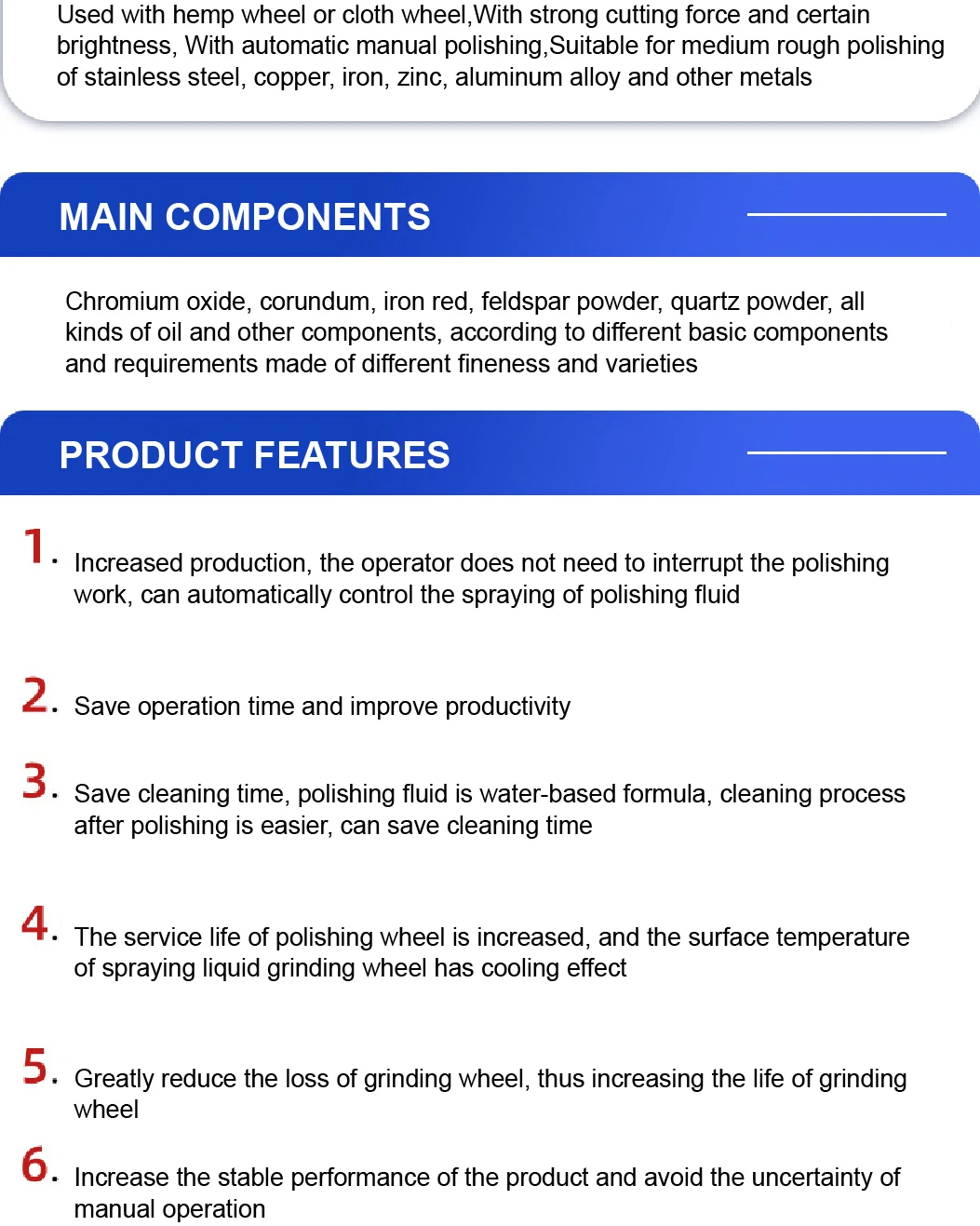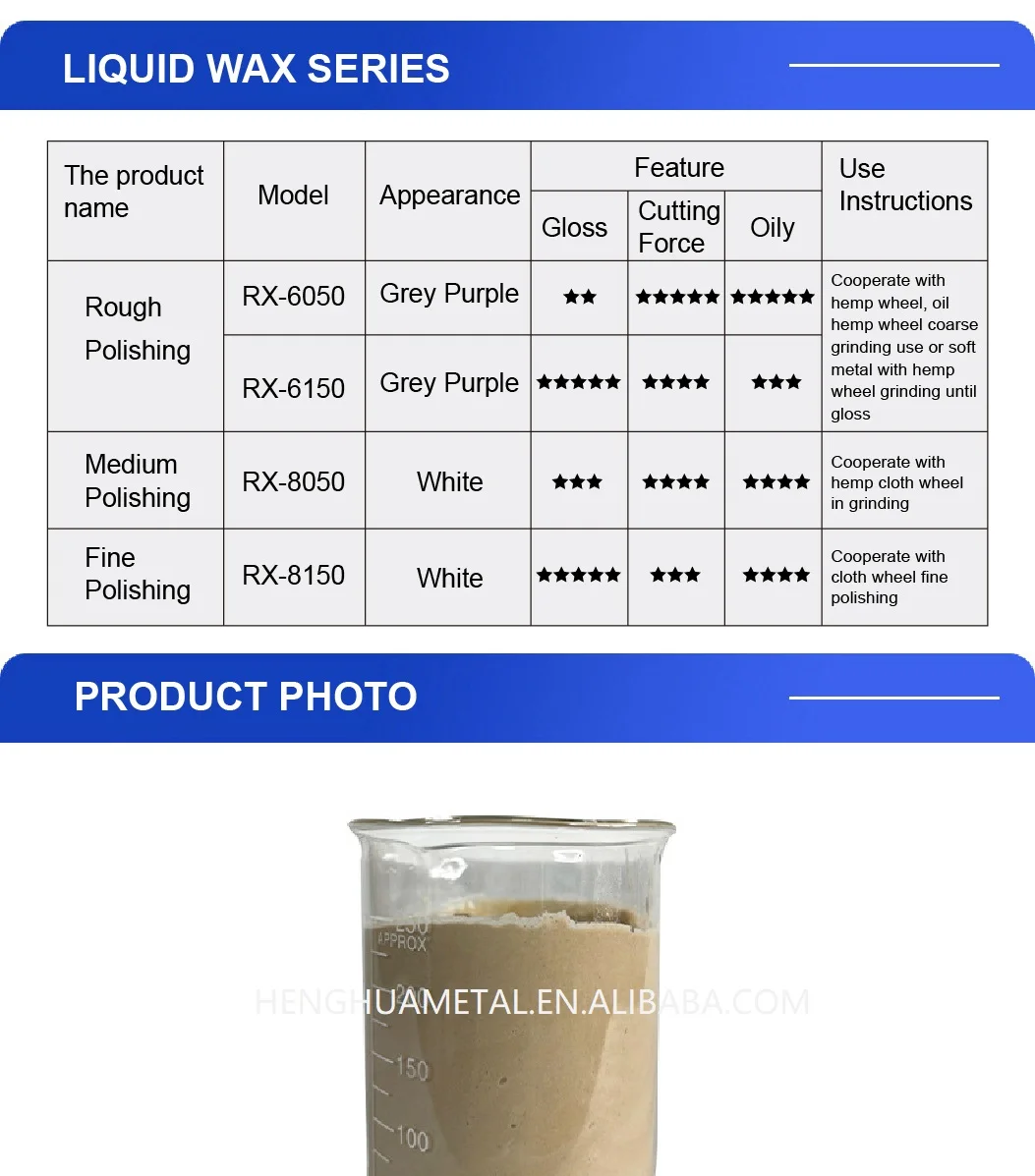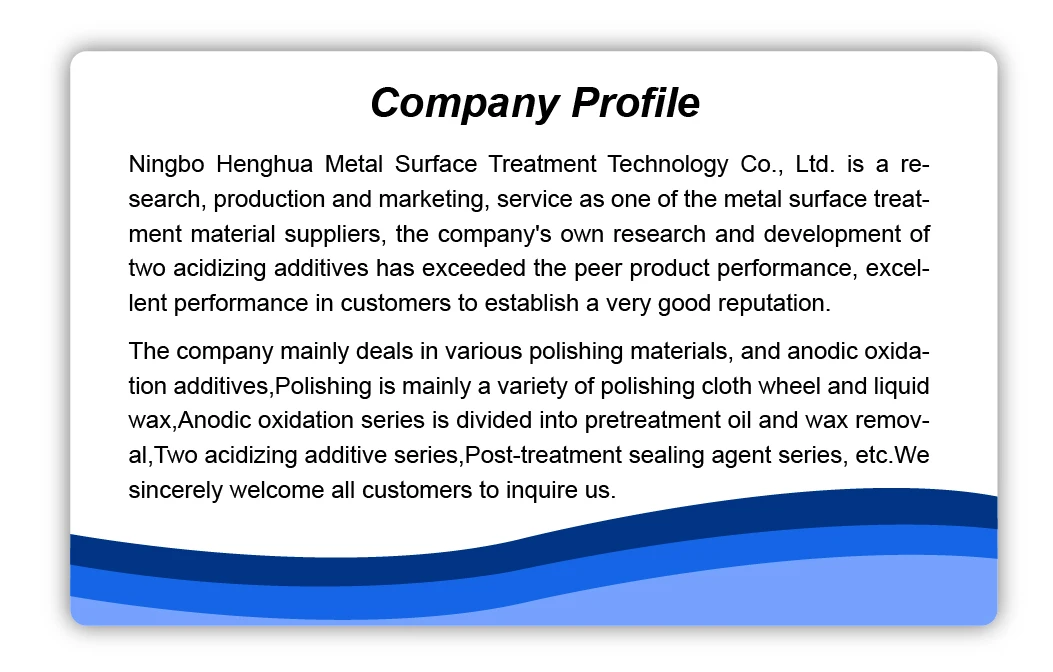ã€China Aluminum Industry Network】 The energy saving and emission reduction of the aluminum alloy industry is based on the improvement of casting quality, reduction of scrap rate, and reduction of energy consumption. The development of high-quality castings will improve its performance and quality, reduce scrap rate, and reduce consumption. The main attack direction. To judge the energy consumption of the aluminum smelting furnace and whether it is energy-saving, we must look at the melting rate and thermal efficiency of the furnace. The faster the furnace heats up, the higher the melting rate of the furnace, and the lower the heat consumption of the melted unit aluminum alloy. The thermal efficiency of a furnace is the ratio of the amount of heat that is absorbed when the aluminum is heated and melted, and the total amount of heat that is supplied to the furnace. The higher the furnace's thermal efficiency, the lower the heat loss and the higher the heat utilization rate. Therefore, the energy saving of aluminum melting furnace is basically to increase the melting rate and thermal efficiency of the furnace.
1. Optimize furnace structure and furnace construction materials
When the furnace is improved or designed, the appropriate energy-saving furnace type should be selected according to the production process requirements to increase the degree of mechanization and energy efficiency. The current energy-saving measures include:
(1) Use a round hearth instead of a square hearth. The round hearth does not have a dead corner like a square hearth, so the material can be subjected to uniform radiant heat from the furnace walls and the furnace air. Because the outer surface area of ​​the circular furnace with the same volume is smaller than the surface area of ​​the square furnace, the heat dissipation of the furnace wall is reduced and there is a certain energy saving effect. In addition, the circular furnace can save 40% to 50% of steel and save 20% to 30% of refractories compared with the square furnace, which not only reduces the cost, but also provides convenience for transportation and beautifies the appearance.
(2) Furnace lining is cast integrally with refractory castables, which has the advantages of high strength, good integrity, good airtightness and long life.
(3) New energy-saving lining materials are used to optimize the lining structure. The heat storage and heat dissipation of the lining generally accounts for 20% to 45% of the total energy consumption of the furnace. Under the premise of ensuring the structural strength and heat-resistant strength of the furnace, the lining insulation capacity should be increased as much as possible to reduce its heat of deposit. Simply relying on increasing the thickness of the lining to reduce the temperature of the furnace body wall not only increases the heat and cost of the lining, but also reduces the effective utilization of the furnace bottom area accordingly. Lightweight refractories and various thermal insulation materials are used to enhance the thermal insulation effect of the furnace, which can effectively reduce the heat loss through masonry conduction and heat storage. The new gas-fired aluminum alloy heat preservation furnace invented by Liu Rongzhang and Wang Hao has a lining working layer made of permeation-proof pouring material and super nano-insulating material, and a reflective film is attached between each layer of heat insulating board, which not only improves the insulation of the furnace The effect, but also to the furnace's overall service life of 5 years. Due to its high melting point and good fire resistance, calcium hexaaluminate has plate-like crystals and a large number of microporous structures, and its thermal conductivity is low. Therefore, its castable is a very good resistance to high temperature, resistance to reducing media, and resistance to corrosion. Liquid permeation of aluminum, with high temperature thermal insulation performance, and can be directly used for the new refractories in contact with the working surface of the hot surface and the liquid aluminum. VanGarse1D et al. studied lightweight heat-insulated castables made of CA6 microporous aggregates and calcium aluminate cements or phosphate binders. The castables have a bulk density of 0.92-1.03 g·cm-3 after being fired at 1500°C, a normal temperature compressive strength of 2-8 MPa, and a 300-1400°C thermal conductivity of 0.33-0.5 W·m-1·K-1. Shenno Wenwen et al. used this CA6 light castable in an aluminum smelting furnace, and the actual use effect was significantly better than that of the original material under the same conditions.
(4) Apply high-temperature and high-radiation coating on the inner wall of the furnace to increase the blackness of the inner surface of the lining, strengthen the radiation heat transfer capability of the furnace, reduce the heat loss from the furnace wall, and help the full use of thermal energy. The energy-saving effect can reach 3%. ~5% is a more advanced energy-saving method in the near future. However, it is necessary to pay attention to the aging of the coating. Xin Xiangjie, Yi Baohua, etc. use coating composite technology to coat the inner surface of the aluminum melting furnace with nano-composite coating, which has good energy-saving effect, prolongs the service life of the aluminum melting furnace and improves the thermal efficiency. Zhou Meixia, Li Peng, and Liu Fuping of the Guangzhou Nonferrous Metals Research Institute studied the influence of the length, cross-sectional area, and the parallel use of cable wires, furnace lining thickness, and the addition of charging materials to the energy consumption of medium frequency induction heating furnaces. The results show that: 1 appropriately shorten the length of the conductive water-cooled cable; 2 increase the number of water-cooled cables, and use in parallel; 3 reasonably increase the cross-sectional area of ​​the conductive cable; 4 ensure a certain lining lining thickness to withstand the erosion and corrosion of aluminum liquid Under the premise of reducing the distance between the inner wall of the induction coil and the furnace wall. The above measures can significantly reduce the energy consumption of the medium frequency induction heating aluminum melting furnace, which is an effective method for energy saving and consumption reduction.
2, new technology and new process
(1) Permanent-magnet stirring energy-saving technology. Permanent-magnet stirring refers to the non-contact stirring of aluminum melt by the magnetic field generated by the permanent magnet, which has the advantages of not contaminating the aluminum melt, good stirring uniformity, no stirring dead angle, continuous operation, and high production efficiency. Permanent magnet stirring not only reduces energy consumption by 20% to 30%, but also reduces metal loss by 3% to 5%. Although the permanent-magnet stirring technology has been studied for a long time, it has been a real application in recent years. Although some domestic manufacturers also use permanent-magnet stirring technology, they are all side-mounted. However, its large area, large investment and other defects have limited the popularization and application of side-mounted permanent magnetic stirring devices.
(2) High-temperature air combustion technology. High-temperature air combustion technology is a combustion technology developed in 47Hot Working Technology 2013, Vol.42, No.590. High-temperature air combustion technology Through the regenerative flue gas recovery device, the air preheating temperature can reach 95% of the flue gas temperature, the furnace temperature uniformity ≤ ± 5 °C, and the combustion thermal efficiency can reach 80%. The technology has the advantages of high efficiency and energy saving, environmental protection, good combustion stability, large combustion area, wide fuel adaptability, easy combustion control, low equipment investment, long stove life, and the like. However, the high-temperature air combustion technology also has a quantitative relationship between the thermal parameters and the design structure, the optimization of the control system and the regulation system, the relationship between the gas quality and the regenerator, the life of the regenerator, and the regenerative heating furnace. Some problems such as the improvement of life expectancy need to be further explored and improved.
(3) Oxygen-enriched combustion technology. Oxygen-enriched combustion technology can reduce the heat loss of furnace exhaust fumes, increase the flame temperature, prolong the life of the furnace, increase furnace output, reduce equipment size, clean production, and facilitate the recycling and storage of CO2 and SO2. However, the increase of oxygen content in oxygen-enriched combustion leads to a sharp rise in temperature, which increases NOx, which is one of the factors that seriously restricts the oxygen-enriched combustion technology from entering more fields.
(4) Isothermal smelting technology. Funded by the U.S. Department of Energy, Alcoa Isothermal Smelting Furnace (ITM) jointly developed by Apoge Technology, Aleris Aluminum, Drexel University, and Argonne National Laboratory, compared to current conventional reverberatory furnaces, It can save energy by 70%, reduce emissions by 80%, and reduce the loss of aluminum by 4%, which is of great significance in energy conservation and emission reduction. However, the isothermal melting technology has just entered the commercial trial production stage, and it needs a development and improvement process to obtain comprehensive promotion and application.
3, waste heat recovery and utilization
The heat taken away by the flue gas accounts for 30% to 70% of the total heat supply of the fuel stove. Full recovery of flue gas waste heat is the main way to save energy. Regenerative Regenerative Burner energy-saving technology, which combines the combustion system and the waste heat recovery system organically, preheats the combustion air temperature to 80% to 90% of the flue gas temperature, and lowers the temperature of the flue gas discharged at the end. To 150-250°C, the waste heat recovery and utilization rate is about 70%, which significantly reduces the fuel consumption of the aluminum melting furnace, and the average energy saving is 16.3 kg standard coal/t aluminum. Ma Jianguo [25] obtained better heat storage performance through energy storage materials made of SiO2, Al2O3, SiC, and heat-resistant cast iron on a regenerative aluminum melting furnace, resulting in significant energy savings. At present, most of the waste heat recovery of flue gas is based on high-temperature flue gas. Due to technical and economic reasons, there is very little use of residual heat of medium-low temperature flue gas, which also accounts for half of the total heat of the flue gas. Therefore, the research and application of waste heat recovery and utilization of low- and middle-temperature flue gas must be highly valued. In addition, in the recycling of existing high-temperature flue gas waste, many of them are simply considered from the quantitative relationship of energy conservation, without considering the quality change of thermal energy, that is, the matching of energy levels is not considered.






NINGBO HENGHUAS METAL SURFACE TREATMENT TECHNOLOGY CO.,LTD IS RESEARCH,PRODUCTION AND MARKETING,SERVICE AS ONE OF THE METAL SURFACE TREATMENT MATERIAL SUPPLIERS,THE COMPANT'S OWN RESEARCH AND DEVELOPMENT OF TWO ACIDIZING ADDITIVES HAS EXCEEDED THE PEER PRODUCT PERFORMANCE, EXCELLENT PERFORMANCE IN CUSTOMERS TO ESTABLISHI A VERY GOOD REPUTATION.
THE COMPANY MAINLY DEALS IN VARIOUS POLISHING MATERIALS, AND ANODIC OXIDATION ADDITIVES,POLISHING IS MAINLY A VARIETY OF POLISHING CLOTH WHEEL AND LIQUID WAX, ANODIC OXIDATION SERIES IS DIVIDED INTO PRETREATMENT OIL AND WAX REMOVAL, TWO ACIDIZING ADDITIVES SERIES , POST-TREATMENT SEALING AGENT SERIES, ETC. WE SINCERELY WELCOME ALL CUSTOMERS TO INQUIRE .
OEM OR ODM
Liquid Polishing Wax ,Buffing Metal Wax,,Mirror Polishing Solution,Green Liquid Polishing Wax
NINGBO HENGHUA METAL SURFACE TREATMENT TECHNOLOGY CO.,LTD. , https://www.henghuametal.com
![<?echo $_SERVER['SERVER_NAME'];?>](/template/twentyseventeen/skin/images/header.jpg)